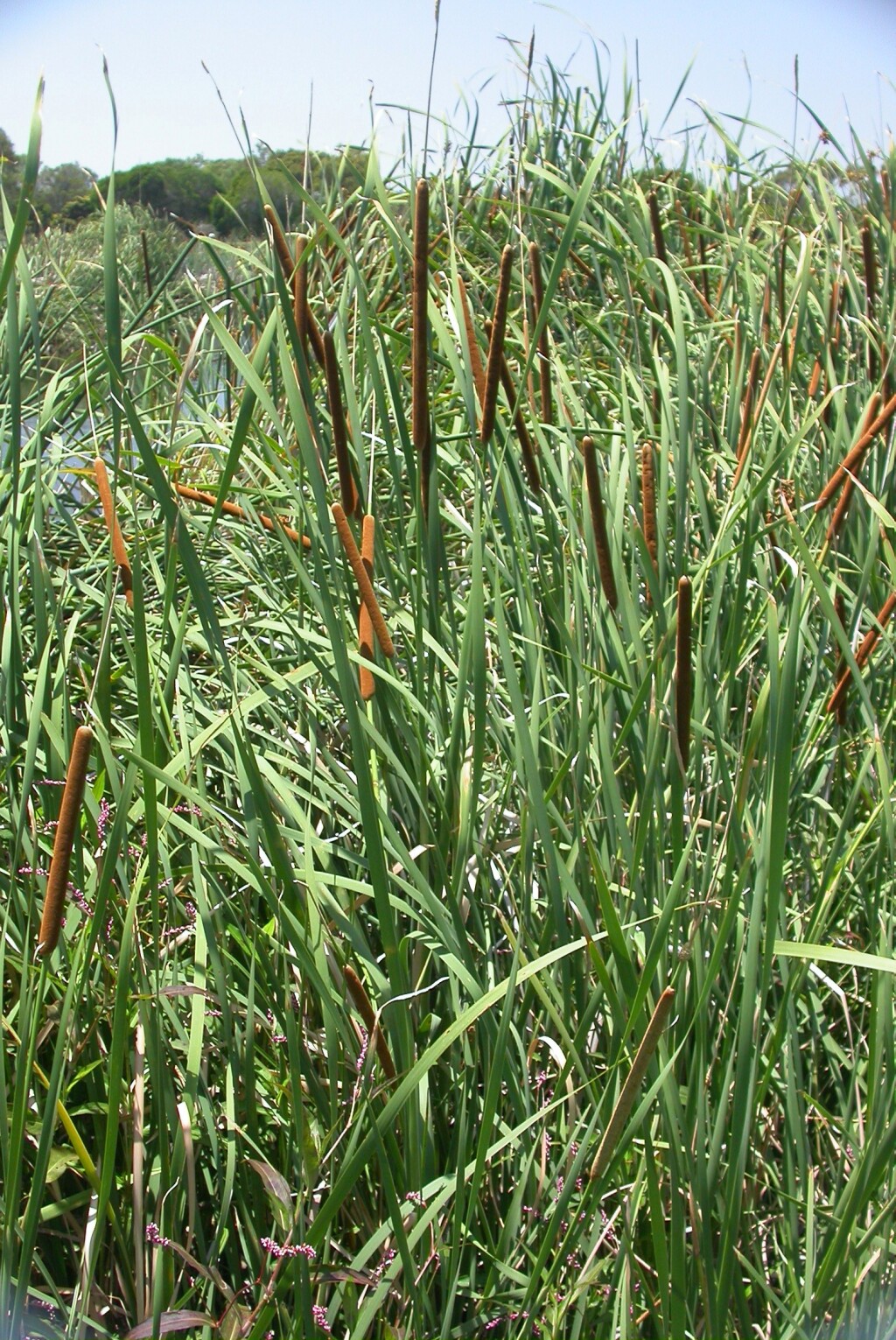Typhaceae
Rhizomatous, perennial herbs, emergent or growing in wet on soil, sometimes submerged and floating, monoecious. Leaves alternate, distichous, basal and cauline, with sheath at base; lamina parallel-veined. Inflorescence terminal; flowers arranged into dense, complex, globular heads or cylindric spikes. Flowers unisexual, each usually subtended by bracts; perianth of 1–6 tepals or 1–numerous slender bristles or scales, or perianth absent. Male flowers with (1–)3(–8) stamens, filaments free or united. Female flowers with superior ovary; carpel 1, with style unbranched, or carpels 2–3 with style 2–3-branched. Fruit small, dry, indehiscent or opening by a longitudinal slit; seed surrounded by copious endosperm.
2 cosmopolitan genera with c. 30 species; 2 genera, 5 species in Victoria.
Conn, B.J. (1994). Typhaceae. In: Walsh, N.G.; Entwisle, T.J., Flora of Victoria Vol. 2, Ferns and Allied Plants, Conifers and Monocotyledons, pp. 631–633. Inkata Press, Melbourne.
 Spinning
Spinning


